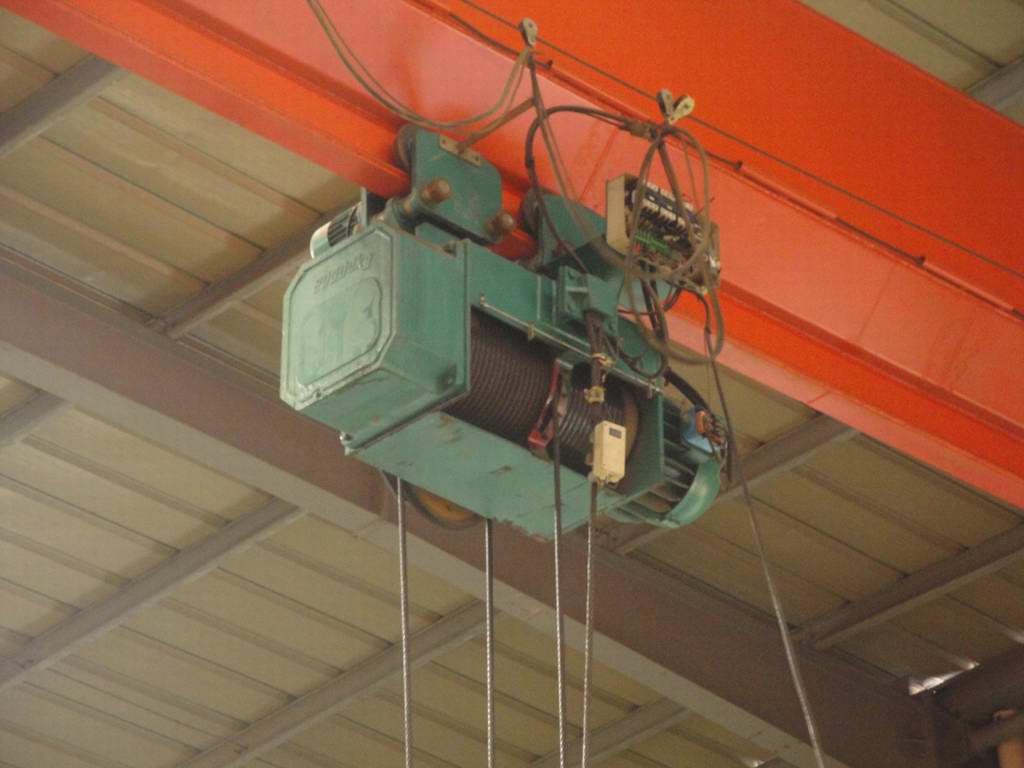How to install the electric hoist?
Installation of electric hoist
1.1 check and preparation before installation of electric hoist
- Check and accept according to the packing list after the electric hoist arrives at the installation site. then examine whether there are damaged or lost components during the courses of transportation
- read carefully the illustrations and other attached documents to understand their structures
- The travelling bogie, current-leading instrument and the hook are always packaged separately with the main body. So reassembly is necessary when installed
- clear up the oil stain and rust-proof on the tread of the electric bogie
- Do examine whether the clock has flaws like crackles or burr before installing the rope key. During installation, the wire-ropes must be put into the rope groove and plug chocks rightly, then install wire rope
- Fill the lifting and travelling reducer with oil according to the illustrations, then seal the oil-hole tightly to stop the oil from leaking.
- Learn the installation spot and prepare the installation facilities.
1.2 Installation
1.2.1 The rail frame used for the movement of the electric hoist is selected and designed according to standard GB706-88 by users themselves. Adjust the electric and driven bogies with spacers when installing to ensure the space between the wheel edge and rail flange is 3-5mm
1.2.2 In accordance with different hoists, please install the electrical equipments referring to relevant circuit.
1.2.3 Points for attention to installation
- Elastic buffer should be set at two ends of the rail in order to make sure that the hoist does not deviate from the rail when it reaches the end or to prevent bumping into the body.
- The rail or the connected frame should be equipped with earth-connecting wire as which bare copper wire with the diameterΦ4-5mm or metal conducting-wire with the section no less than 25mm2 can serve.
- All power circuit in the electric equipment, and the resistance to ground of the controlling circuit should be no less than 1.5Ω per working voltage.






